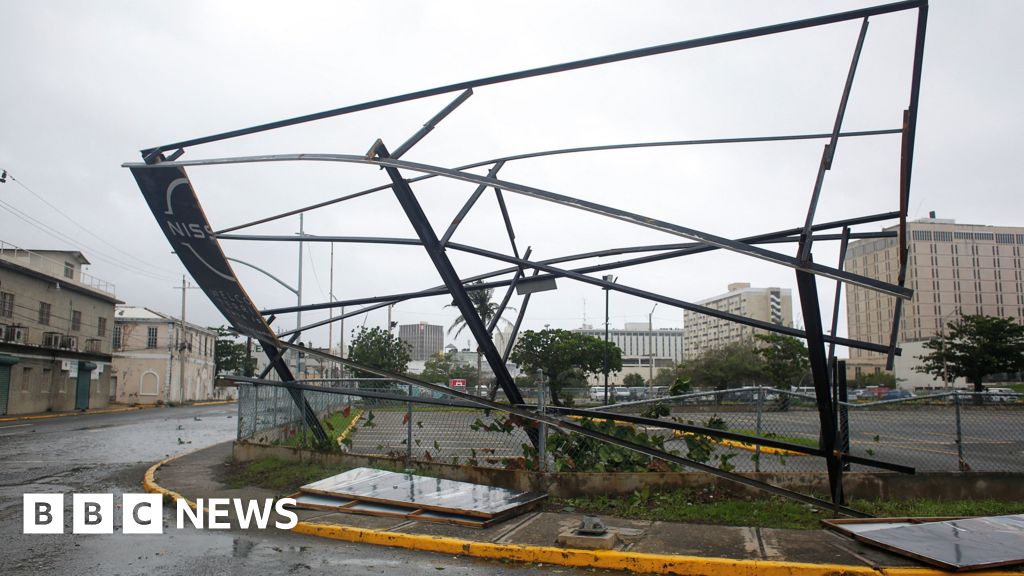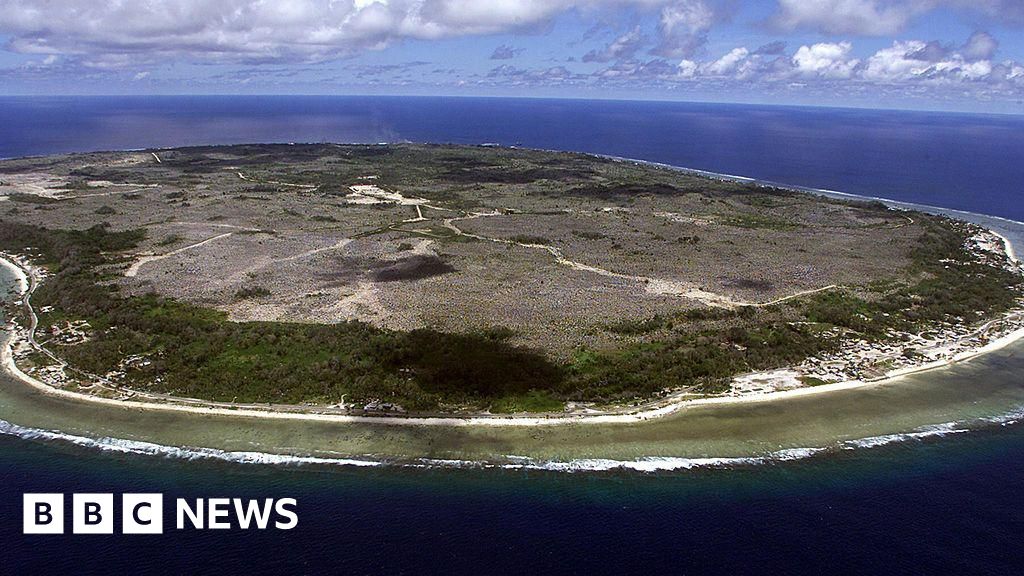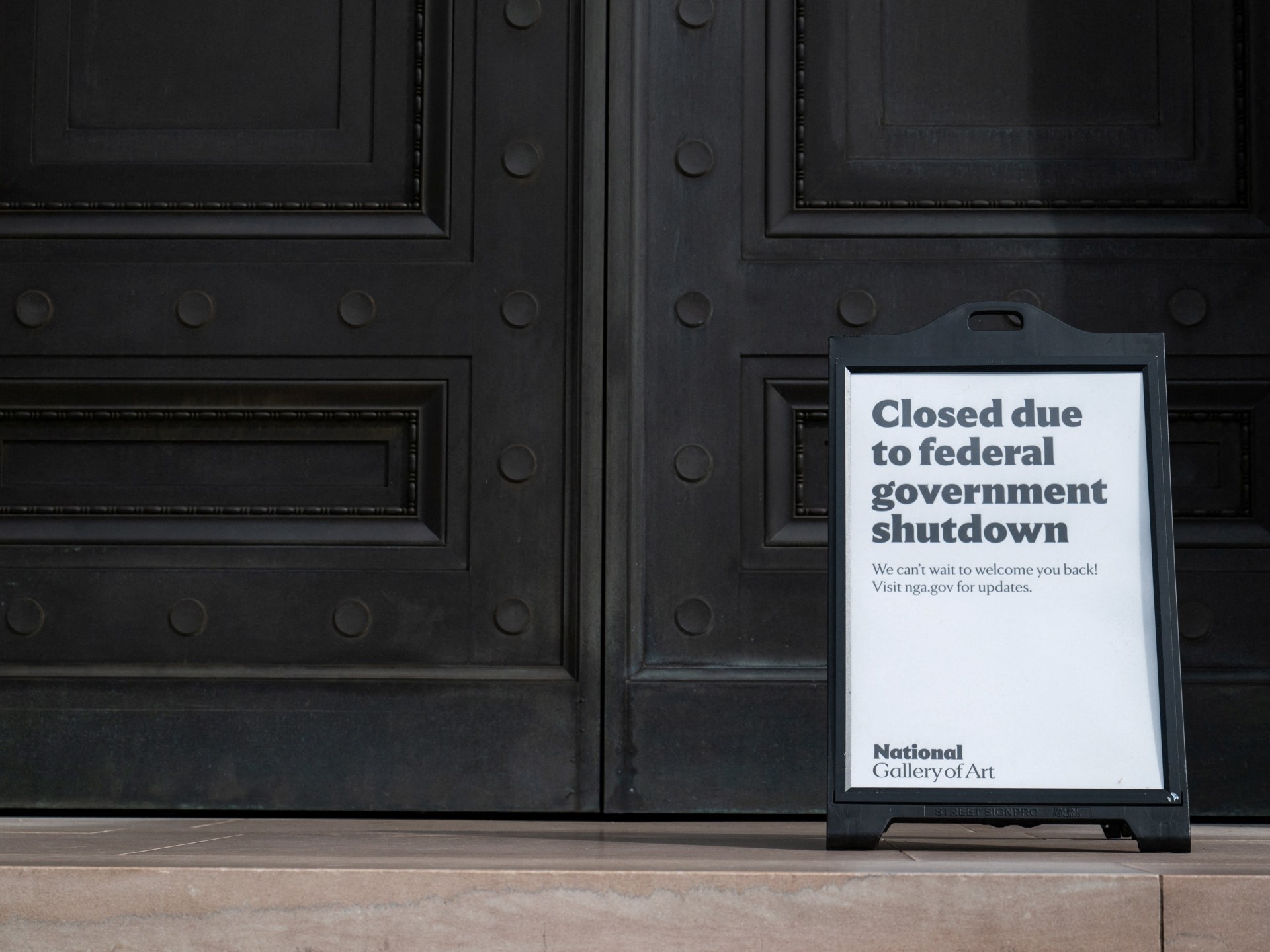 PA Media
PA MediaWhere to house asylum seekers has become one of the fiercest topics of political debate since last year’s general election.
Small boat crossings have reached near-record levels and MPs on the Home Affairs Select Committee said the Home Office had squandered billions of pounds of taxpayers’ money on asylum accommodation.
The estimated cost of the government’s 10-year asylum accommodation contracts has more than tripled, from £4.5bn to £15.3bn.
Ministers inside the Home Office believe that ultimately this issue can only be solved by increasing removals of failed asylum seekers and deterring people from arriving on small boats in the first place.
But while they attempt to implement policies to achieve those aims, the Home Office still has to find somewhere for the tens of thousands of people seeking asylum to stay.
Arrival
When people arrive in the UK by crossing the Channel on small boats, they are generally sent to a processing centre at Manston in Kent.
The site is located on the former RAF Manston base and was opened by the Home Office in February 2022 as a response to the increasing number of arrivals.
Migrants are supposed to be held there for 24 hours, while officials carry out security and identity checks, but overcrowding has sometimes led to people being forced to stay on the site for weeks.
In late 2022, thousands of migrants were placed in tents at Manston, leading to overcrowding and disease, including diphtheria.
A Home Office inquiry is currently taking place into the conditions at Manston.
The department is also seeking planning approval to improve the site and use it for processing asylum seekers into the 2030s.
Initial accommodation
After leaving Manston, asylum seekers are then sent to initial accommodation provided by the Home Office, while officials decide whether they are eligible for further support.
These are supposed to be centres managed by specialist migrant help staff, but many asylum seekers are instead sent to hotels or hostels straight away.
There are 1,750 places available in initial accommodation and the latest government data showed 1,665 of those places were occupied in June.
Most asylum seekers will then be sent to longer-term accommodation, where they will stay while their asylum claim is being processed.
Flats and HMOs
Under the contracts signed by the Home Office, asylum seekers are supposed to be housed in so-called dispersal accommodation.
These are self-catered properties within communities and are usually local flats or houses in multiple occupation (HMOs), a type of rented accommodation where at least three individuals share the use of a bathroom and kitchen.
The average cost of housing an asylum seeker in dispersal accommodation is £23.25 a night, making it by far the cheapest option.
In 2019, the government signed 10-year contracts with three companies – Serco, Mears and Clearsprings – and tasked them with finding properties that can be used for dispersal accommodation.
But since the number of small boat crossings began to rise significantly in 2022, there’s been a shortage of this type of accommodation.
Finding more of these properties became a big priority for the former Home Secretary Yvette Cooper and the latest government data shows that 66,234 people were in dispersal accommodation in June – around two-thirds of the total number of asylum seekers being housed.
But the three companies tasked with finding these properties can make bigger profits from other types of accommodation – and the contracts drawn up by the Home Office don’t include any penalties for the companies when they fail to hit their targets.
Dispersal accommodation can impact local housing markets by effectively taking flats or HMOs out of general supply, something the Home Office acknowledges would cause frustrations within communities.
Some concerns have been raised that protests targeting this type of accommodation could be difficult to police.

Hotels
Hotels were only ever meant to be used as a stop-gap option when there was a temporary shortage of other accommodation.
But increasing numbers of migrants crossing the Channel in small boats has meant hotels have become a regular, expensive and highly controversial feature of the UK’s asylum accommodation system.
They have led to soaring costs for the taxpayer and large profits for the three companies providing the accommodation.
The average cost of housing an asylum seeker in a hotel is £144.98 a night, more than six times the price of dispersal accommodation.
One of the reasons hotels are so much more expensive than other accommodation is because the asylum seekers being housed there are also given food.
Under the contracts drawn up by the Home Office, providers are still paid even if the rooms are vacant.
Asylum hotel use peaked under the Conservatives in September 2023 when 56,042 people were being housed.
Latest government statistics show there were 32,059 asylum seekers being housed in hotels at the end of June – much lower than the peak, but 8% higher than when Labour came to power.
The Home Office removed the need to consult local authorities about hotel use in 2020 and they’ve become lightning rods for protests.
Sir Keir Starmer has pledged to end the use of hotels to house asylum seekers by 2029, but achieving that target will be a tough ask.
Large sites
Both Conservative and Labour governments have experimented with using larger sites to house asylum seekers.
Hundreds of asylum seekers could be placed in disused military sites, as part of efforts to achieve the prime minister’s pledge to end hotel use.
Ministers hope to move asylum seekers into sites in Inverness and East Sussex by the end of next month, with discussions between the Home Office and the Ministry of Defence ongoing about other potential locations.
The Home Affairs Select Committee has said that large sites such as these will not enable the government to drive down costs of asylum accommodation.
The idea is also likely to be highly controversial in the local communities where the sites are chosen, but the Home Office hopes that military sites could act as a deterrent to people thinking of crossing the Channel.
Disused military land has in the past been earmarked for housebuilding, but plans to build on these sites have repeatedly gone awry.
The government has indicated that other disused sites such as empty tower blocks, student accommodation and industrial sites could also be used to house asylum seekers.
What happens next?
The government’s contracts with Serco, Mears and Clearsprings run until 2029, but have break clauses which the government could trigger in March next year.
Home Office ministers wanted to trigger break clauses in the previous set of contracts, but the department hadn’t left itself enough time to plan for an alternative accommodation system.
The housing department has been working with local councils to explore what that alternative system could look like.
But some within the Home Office do not believe that an alternative would be ready by March and as recently as May, it was understood that there was no plan to trigger the break clauses next year.
The Home Office needs to save £1bn from the cost of asylum accommodation by 2029, otherwise it may have to find cuts in other areas of its budget.
















Leave a Reply